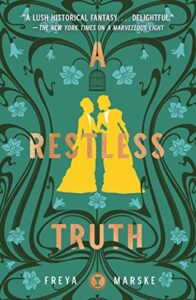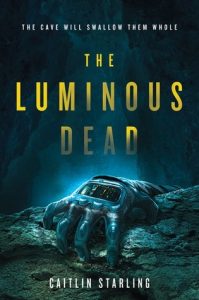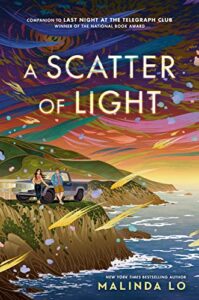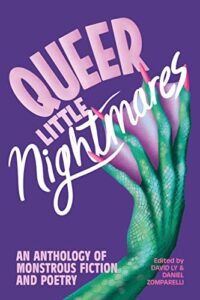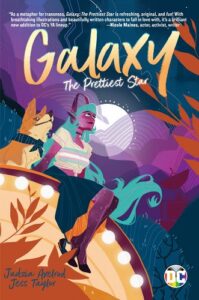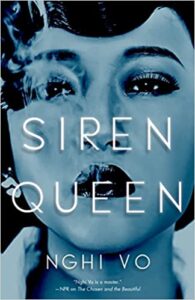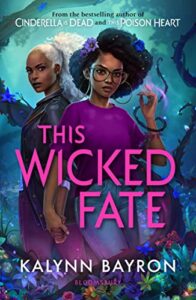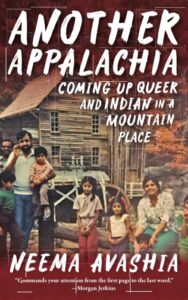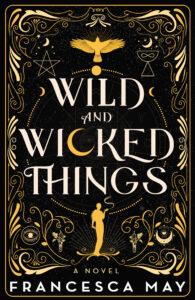Amazon Affiliate Link | Bookshop.org Affiliate Link
I’ve been having a good run with horror lately, and Alison Rumfitt’s stunning work of trans horror Tell Me I’m Worthless kept that streak up. The pull quote on the front cover advertises it as “ambitious, brutal, and brilliant,” and I think that’s a good starting point for this book, because it’s not a nice or neat horror book. There is a house, and it is haunted, but not by any singular ghosts. Rather, the house deals in corruption, trauma, and the little terrible voice in the back of your head, and it can’t be exorcised or rebuilt. Rumfitt shoves her characters to scrabble in the metaphorical blood and muck of their mutual trauma and asks them to deal with their own memories and the creeping rise of fascism in their lives.
Tell Me I’m Worthless stars two women, Alice and Ila, who are both dealing with the trauma of a shared event. In their past, they were a unit – best friends turned lovers, even if they didn’t really talk about their relationship. Before leaving university, they and their friend Hannah had all decided to spend the night in a haunted house. Alice and Ila walked out with conflicting memories of what happened; Hannah never walked out at all. Now, Alice has turned to drugs and alcohol to escape the ghosts she can see, and Ila has joined the TERFs in an attempt to process her memories. But the House hasn’t loosened its grip on their lives, and it’s calling them back once again.
What I loved most about this book was the buildup and the edges. First you meet Alice and her ghosts. Her flat is haunted, and she can barely focus enough to do the sex work videos she relies on for income. Then you meet Ila and realize she’s joined the TERFs. And then finally there’s a chapter from the House POV and you realize it’s a real entity. As things start to fall into place, it becomes apparent that everyone’s being manipulated. I also loved how no one fit into neat boxes. They are absolutely scrambling to deal with their memories, and sometimes they fail, and sometimes they are overtaken by the real-life events they’re enmeshed in. As with many works of horror, Tell Me I’m Worthless has an element of the supernatural, but also relies mainly on the characters’ state of mind rather than jump scares.
If you go into this with your eyes open to the content warnings and think it’s interesting for you, I think it’s a great work of horror. I greatly enjoyed reading it, and felt swept into the mood immediately. I also love the editors lately who are greenlighting queer horror that delve deeper into queer experiences and states of mind in unique ways. There’s some great work going on out there, and Tell Me I’m Worthless is going onto my rec list.
Trigger warnings: sexual violence, sexual assault, body horror, mutilation, antisemitism, racism, and transphobia


